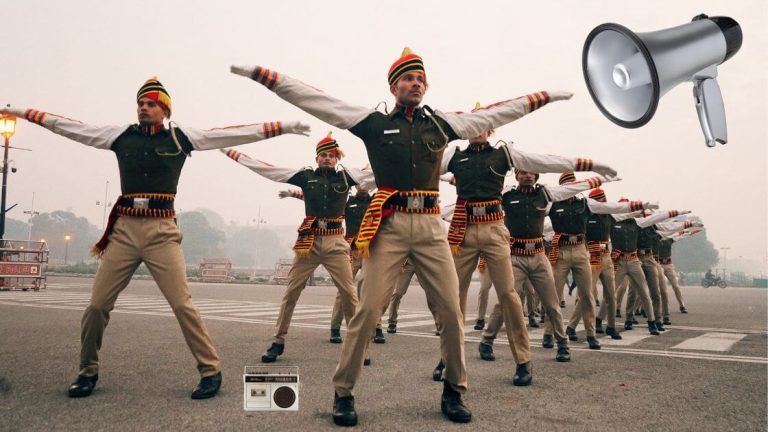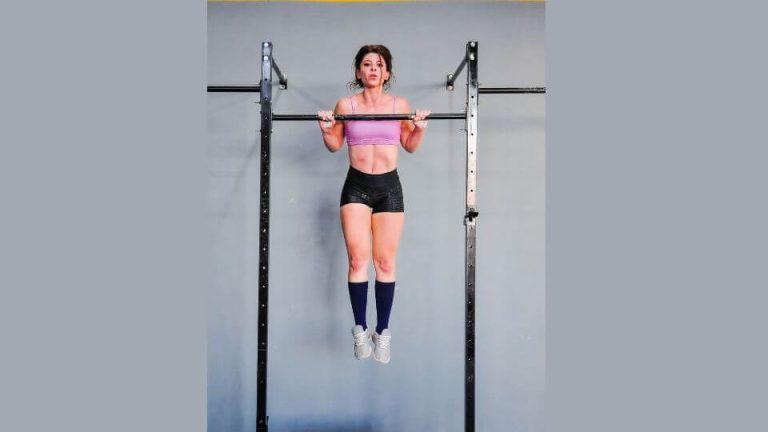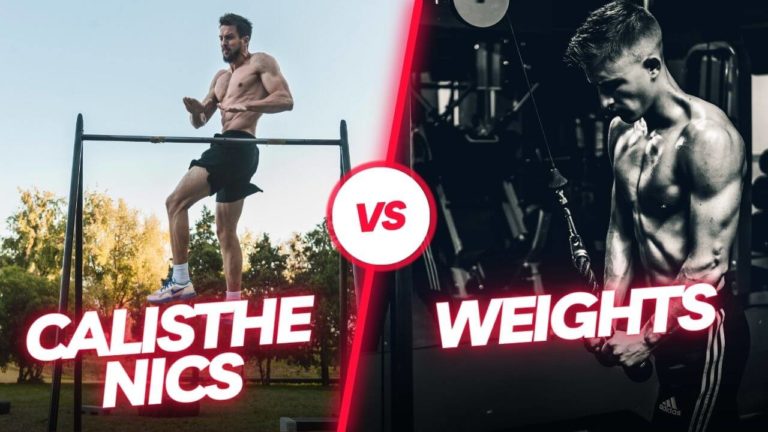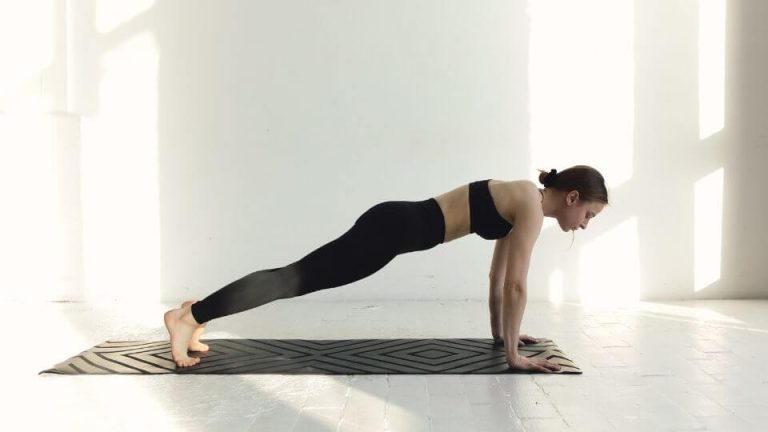Calisthenics For Seniors: A Great Way To Build Strength At Home
Doing regular strength training such as calisthenics provides numerous benefits for older adults. Scientific studies show that strength training programs are one of the most effective preventive measures to delay the onset of sarcopenia.
What is sarcopenia and its main causes?
Sarcopenia is a syndrome characterized by a gradual loss of skeletal muscle mass and strength which increases the risk for adverse outcomes such as physical disability, poor quality of life, and mortality. The loss of muscle mass occurs due to reduced physical activity, hormonal changes leading to decreased production of testosterone and growth hormone, impaired protein synthesis, increased inflammation, potential poor nutrition, and alterations in the neuromuscular connections.
Benefits of resistance training for seniors
Resistance training helps counteract age-related muscle loss by stimulating muscle growth and preserving existing muscle mass. Strength work should be accompanied by light mobility exercises to reduce stiffness, and increase flexibility. This combination will ultimately benefit overall functional independence.
Additionally, strength training improves bone density, reducing the risk of osteoporosis and fractures which is especially important the older we get. This benefit is supported by the paper called Effectiveness of Physical Exercise on Bone Density in Osteoporotic Patients. By stabilizing joints and improving muscle strength, resistance training enhances joint health and reduces the likelihood of joint pain and injury.
One of the other significant benefits of practicing calisthenics for the elderly is that it improves the quality of everyday life. Strengthening the muscles involved in daily activities makes tasks like lifting objects, getting up from chairs, and climbing stairs easier and safer. It also enhances balance and stability, reducing the risk of falls, which can be especially dangerous for old people.
So, you might think that this is all theory, how can someone that is not yet old be able to judge what should be done? Well then let me share with you a video of Sandra, in which she is sharing her best anti-aging advice at 84. In the video, she highlights 12 recommendations that more than 8 decades of living have tough her:
1. Mind-body connection
2. Positive mindset
3. Don’t sweat the small stuff
4. Muscle work – strengthen them.
5. Balance training
6. Keep moving – walk…exercise
7. Time with family – socialize
8. Be adventurous – go out of your comfort zone
9. Give valuables now to the people you love.
10. No guilt self-care – pamper yourself
11. Get annual medical check-ups
12. Healthy diet, supplements, and sunscreen
And guess what, calisthenics provides a great opportunity to strengthen your muscles, train your balance, and exercise. If you prefer training with others, go to a public calisthenics park near you and socialize with others. If you haven’t tried calisthenics, take this as a cue to go out of your comfort zone. There are hundreds of low-difficulty exercises that anyone can start with.
Calisthenics exercises for seniors
Here are some calisthenics exercises that are safe and beneficial for senior individuals including a rating of the difficulty considering level 1 being the easiest and 5 being the most difficult one:
Bodyweight Squats (Difficulty Level 1): Squats help strengthen the lower body, including the quadriceps, hamstrings, and glutes, which are essential for maintaining mobility and functional independence.
Seated Leg Raises (Difficulty Level 1): Seated leg raises target the hip flexors and lower abdominal muscles, improving core strength and stability.
Wall Push-Ups (Difficulty Level 2): Wall push-ups are a modified version of regular push-ups, and they help strengthen the chest, shoulders, and triceps without putting too much strain on the wrists and shoulders.
Seated Dips (Difficulty Level 2): Seated dips can be done on a sturdy chair or bench, targeting the triceps and shoulder muscles, which are vital for pushing movements.
Standing Calf Raises (Difficulty Level 2): Calf raises help to strengthen the calves, which are essential for walking and maintaining balance.
Step-Ups (Difficulty Level 2): Step-ups are beneficial for leg strength and stability, and they can be done on a low step or sturdy platform.
Standing Side Leg Lifts (Difficulty Level 1): Stand behind a chair for support and lift one leg out to the side. Lower it back down and repeat on the other leg to work on hip abductor strength.
Knee Lifts/Marching in Place (Difficulty Level 2): Knee lifts or marching in place helps improve cardiovascular fitness and also work the hip flexors and core muscles.
Knee Push-Ups (Difficulty Level 2): Perform push-ups from your knees instead of your toes to work on upper body strength without putting too much strain on the wrists and shoulders.
Arm Circles (Difficulty Level 1): Arm circles improve shoulder mobility and flexibility, which is important for performing daily activities.
Toe Touches (Difficulty Level 1): Toe touches help improve hamstring flexibility and overall lower body mobility.
Ankle Circles (Difficulty Level 1): Ankle circles help improve ankle mobility and strengthen the lower leg muscles.
Triceps Dips using a chair (Difficulty Level 2): Place your hands on a sturdy chair behind you, fingers pointing forward. Lower your body by bending your elbows and then push back up to work on triceps strength.
Seated Row (Difficulty Level 2): Sit on the edge of a chair and hold a resistance band or a set of light dumbbells. Pull the band or weights towards your chest, squeezing your shoulder blades together to work on back and upper body strength.
Wall Angels (Difficulty Level 1): Stand with your back against a wall and your arms bent at 90 degrees, making a “goalpost” position. Slide your arms up and down the wall, working on shoulder mobility and stability.
With consistency and hard work, it is possible to stay in better shape than most 20-year-olds as the example of this 72-year-old calisthenics athlete shows.
Key considerations for seniors
When engaging in calisthenics or any other kind of resistance training, senior individuals should be mindful of several key factors. First, obtaining medical clearance from a healthcare professional is essential before starting any exercise program, especially if there are pre-existing health conditions or concerns. Secondly, maintaining proper form and technique during exercises is crucial to prevent injuries. To keep the muscles working gradually progress to more challenging exercises as strength and fitness improve. Thirdly, listening to the body is key. In case of any signs of fatigue, discomfort, or pain take a break as needed to ensure a safe and enjoyable exercise experience. Furthermore, warming up before exercise and cooling down afterward is essential. Warming up prepares the body for physical activity while cooling down helps reduce the risk of injury. Lastly, seeking professional guidance from a qualified fitness professional experienced in training senior individuals is beneficial. They can design a personalized and safe exercise program that aligns with individual needs and abilities.
Written by: Anna-Luise Boehm
Anna is a contributing author at calisthenics.com. She enjoys mixing HIIT workouts with calisthenics and weight training and an occasional running. Despite having a busy schedule Anna tries to exercise 4-5 times per week. Through her articles, she delves into the intricate connection between the mind, body, and soul, empowering readers to embrace strength, balance, and the joy of movement. Anna’s commitment to shattering barriers and promoting holistic well-being motivates her to inspire others to embark on their own path to a healthier, more fulfilling life.
Written by: Anna-Luise Boehm
Anna is a contributing author at calisthenics.com. She enjoys mixing HIIT workouts with calisthenics and weight training and an occasional running. Despite having a busy schedule Anna tries to exercise 4-5 times per week. Through her articles, she delves into the intricate connection between the mind, body, and soul, empowering readers to embrace strength, balance, and the joy of movement. Anna’s commitment to shattering barriers and promoting holistic well-being motivates her to inspire others to embark on their own path to a healthier, more fulfilling life.







Do you have some videos of how to do these properly?